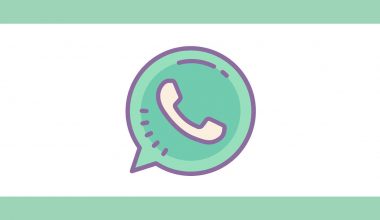People are increasingly relying on social networking websites and online dating websites to share everyday life with friends or make friends. Social networking websites like Facebook, however, frequently exposed security vulnerabilities, data breaches and other security issues. Once your sensitive information is accessed by others, they will further cause property losses. Thus, many people are even thinking about deleting their Facebook accounts permanently.
How to enjoy social networking services as well as protect your privacy online?
This article will teach you how to remove your personal information on social websites so that you won’t be an easy target for hackers.
Hide sensitive information
Your sensitive information includes your real name, cell phone number, ID number, home address and pictures of yourself. Hiding such information can avoid data leakage to some extent.
In terms of “don’t post pictures of yourself”, you have your own concern. If you don’t want your face to be photoshopped into something you don’t like, you may prefer not to post pictures of yourself on the Internet.
As to home addresses, we need it to shop online and express a book to a friend. Generally, we can trust some reputable online retailers, such as Amazon, Walmart and so on.

But Amazon’s database can also get hacked. It is impossible to completely protect your privacy. You can only do your best to prevent your privacy from being compromised by others. More importantly, you should take some precautions to stay secure and private online. For example, connect to the best VPN when using public WiFi.
Do the following things to hide your personal information:
Clear Exif information from your photos
Photos taken with your mobile phone and GPS-enabled camera all contain Exif information, which includes camera data, shooting data, shooting time, GPS locations and so on. Sharing photos that contain Exif information is likely to reveal sensitive information such as one’s home address. So deleting Exif information is necessary to protect your privacy.
You can use some tools to help you quickly clear Exif information.
Don’t share your location on social networks
Many social networks feature location-sharing. If you are traveling, it is fine to share your location. But if you’re just tweeting from home, sharing your location may seem unnecessary and expose sensitive information.
If you don’t think it’s necessary to share your location on social network websites, you can even turn off location sharing.
Don’t fill in your sensitive information on social network websites
On Facebook, Twitter and other social networks, you should be careful not to enter real or sensitive information on your personal profile. Such sensitive information is also likely to be used by those for malicious purposes.
Check the social networks you’ve ever registered
You’ve probably signed up for a number of social networks and dating sites. These sites are likely to contain personal information about you. It is highly recommended that you recall these websites you have signed up for, and then check whether there is any sensitive information that may expose your privacy.
We don’t recommend you to use tools to find out what websites you have signed up for because these tools can be malicious.
How to manage privacy settings on social networks?
Social networks contain much personal information, including location, living habits, friends and so on. You can hide your sensitive information by managing privacy settings on your social networks.
Facebook allows users to adjust many many privacy settings according to their own requirements, including posts audience, friends list, phone number, email address and so on. You can follow our instructions to manage your privacy settings on Facebook.
- Log into your Facebook account on a browser.
- Select “Settings” from the drop-down menu.
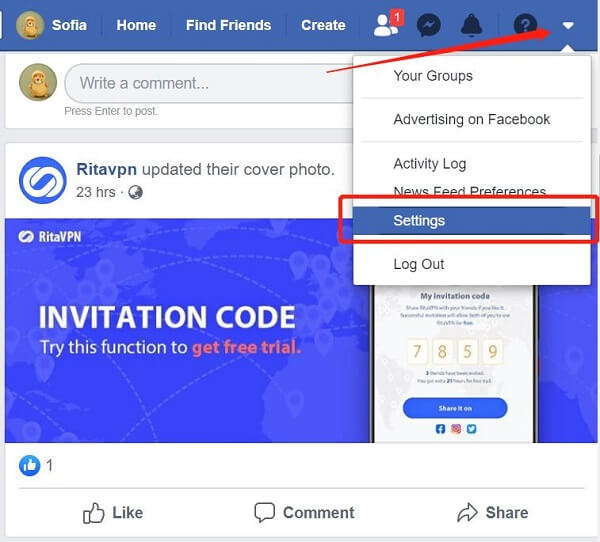
- Tap “Privacy” and adjust your privacy settings according to your needs.
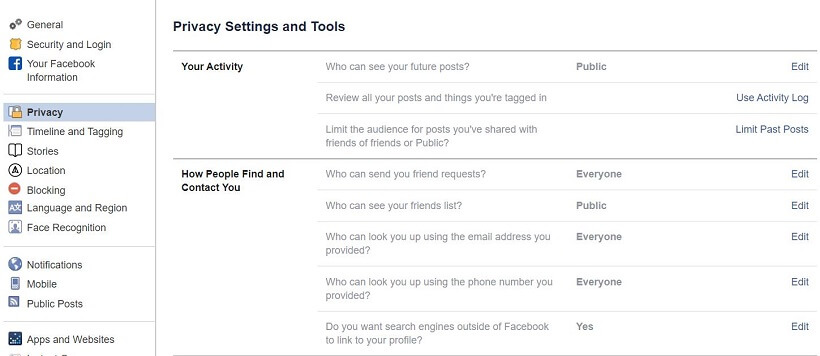
Note: we don’t recommend you to reveal your real name or birth date.
By default, your Tweets are visible to every users on Twitter and even non-Twitter users. It is easy to protect your Tweets by managing privacy settings on Twitter:
- Log into your Twitter account on a browser.
- Tap the menu icon on the bottom left corner.
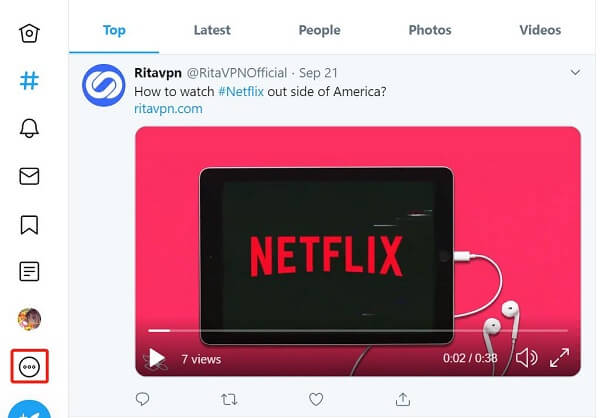
- Tap “Settings and privacy”.
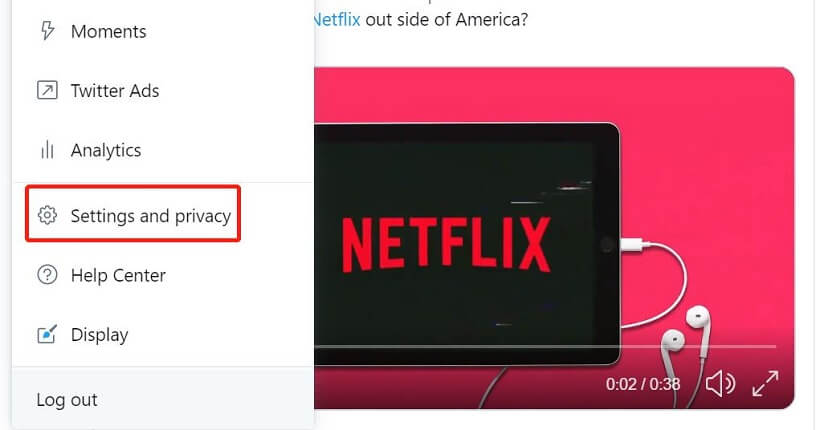
- Tap “Privacy and safety”.
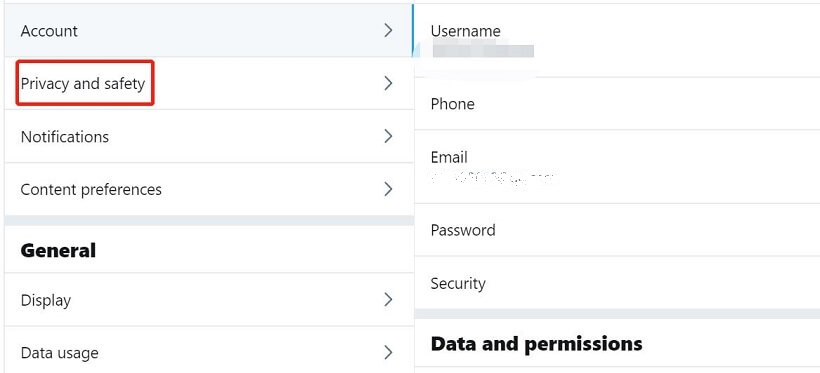
- Turn on “protect your Tweets”.
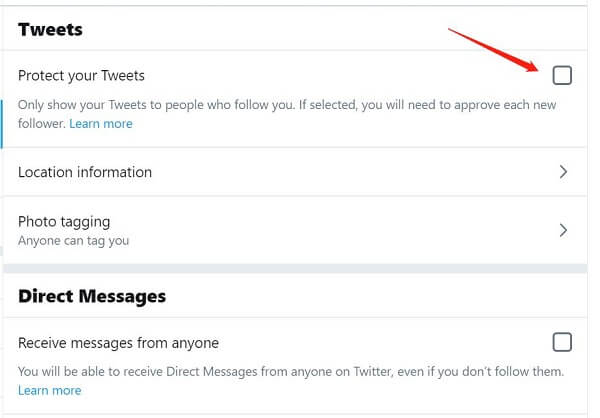
In this way, only your followers and users approved by you can see your Tweets. If a user wants to follow you on Twitter, he/she has to send a “follow request” to you. The user is not able to see your Tweets until you approve the request.
Similar to Tweeter, your profile and posts on Instagram are made public in default settings. You can adjust your privacy settings on Instagram so that only your followers and users approved by you can see your posts and profile.
- Log into your Instagram account on a browser.
- Tap “Edit Your Profile” next to your profile photo.
- Tap “Privacy and Security”.
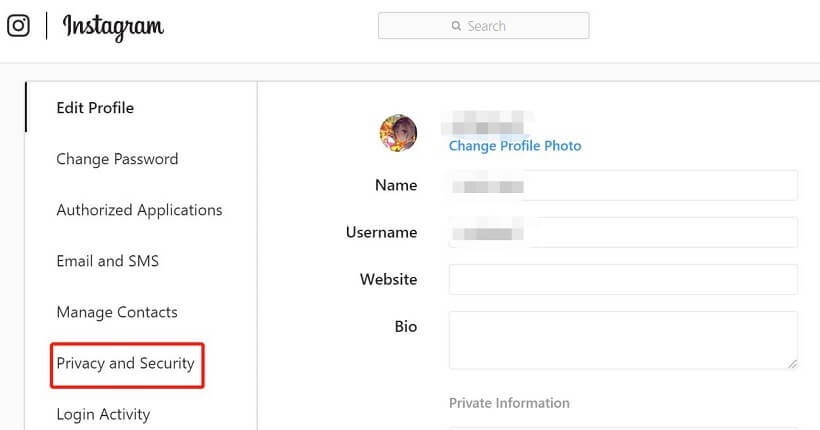
- Turn on “Private Account”.
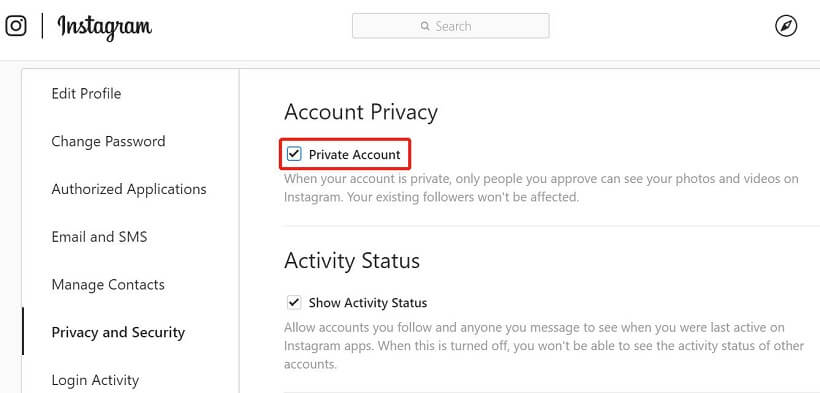
Then, only people you approve can see your photos and videos on Instagram.

